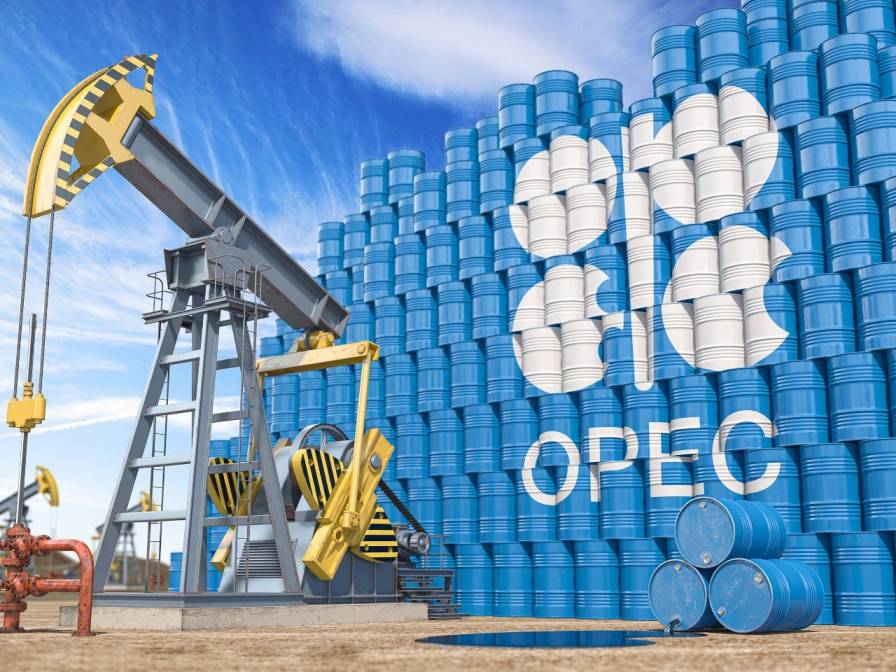Paris, France — Slowing demand growth and rising US crude production will make it more difficult for OPEC+ to continue to prop up prices, the IEA said on Thursday.
The OPEC+ cartel, led by Saudi Arabia and Russia, has been restraining production to maintain prices but the latter have recently slumped due to the weakening of the global economy and increases in output outside the bloc.
“The continued rise in output and slowing demand growth will complicate efforts by key producers to defend their market share and maintain elevated oil prices,” the International Energy Agency said in its monthly report on the oil market.
The Paris-based IEA, which advises oil-consuming nations, noted that prices had fallen by around $25 per barrel since September highs.
It pointed to US output defying expectations that it would fall but instead rising above 20 million barrels per day (mbd), record Brazilian and Guyanese production, and an increase in exports by OPEC-member Iran.
The OPEC+ group’s share of the oil market will slide to 51 percent this year –- the lowest since the bloc’s creation in 2016, the IEA added.
Meanwhile, “evidence of a slowdown in oil demand is mounting”, it said.
It said oil demand growth had slowed from an increase of 2.8 mbd year-on-year in the third quarter to 1.9 mbd in the fourth quarter.
The fourth quarter forecast was revised down by 0.4 mbd from its previous estimate.
Demand for oil slowing
For 2023 overall, oil demand growth is set to come in at 2.3 mbd.
“The slowdown is set to continue in 2024, with global gains halving to 1.1 mbd, as GDP growth stays below trend in major economies,” said the IEA.
Efficiency improvements and a booming electric vehicle fleet have also been lowering oil demand, it added.
“The increasingly apparent loss of oil demand growth momentum reflects the deterioration in the macroeconomic climate –- in the wake of higher interest rates as well as the fading rebound from Covid-induced lows,” it said.
It sees world global domestic product (GDP)growth declining further from the already below-trend level of 3.0 percent in 2023 to 2.6 percent in 2024, with China slowing from 5.0 percent to 4.2 percent.
The growth slowdown in China, the world’s second-largest economy, is important for the oil market as it accounted for 80 percent of the global increase in oil demand in 2023 according to the IEA.
The IEA also noted that the price of Russia’s main grade of oil fell sharply last month to below the $60-per-barrel cap set by a coalition of Western nations.
Combined with a drop in shipments, the IEA said Russia’s export revenues fell 17 percent month-on-month to $15.2 billion, adding this was the lowest level since July.








